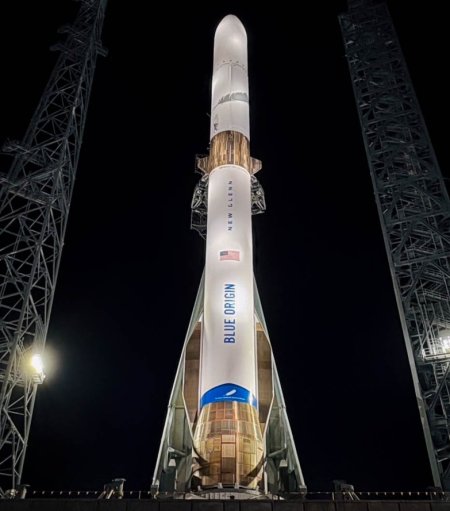Trump administration considering major positive changes at NASA
According to a report two weeks ago by Eric Berger at Ars Technica and reviewed today by Mark Whittington at The Hill, the transition team for the Trump administration is reviewing a number of very major positive changes at NASA. The transition team has set up a five-person committee to review the following:
- canceling the costly Space Launch System rocket and possibly the Orion spacecraft
- Redesigning the entire Artemis program to make it more cost effective
- Set a new goal to put humans on the Moon by 2028
- consolidating three NASA centers into one to reduce overhead
- Reducing the size of NASA headquarters
The first two recommendations would be doing what I have been recommending since 2011. SLS is an over-priced boondoggle that is too cumbersome and expensive. It can never do the job of establishing a lunar base, NASA’s prime goal. The same applies to Orion, which NASA for years touted as an interplanetary spaceship, an utter lie. It is merely an overweight ascent/descent capsule, nothing more.
The third recommendation is mostly for photo op purposes, since it is unlikely a manned landing can occur that quick, especially if the entire Artemis program is redesigned, replacing NASA’s the SLS rocket with SpaceX’s Starship/Superheavy. At the same time, if Trump shuts down the FAA’s red tape, we might be seeing many test flights of this rocket in the next two years, accelerating its development considerably.
The last two recommendations match the only recommendation from my 2017 policy paper, Capitalism in Space [free pdf here] that NASA has not yet embraced. I had recommended NASA reduce its overhead and bureaucracy, since it widely known in the business that its many agencies do relatively little for their cost. The rumored proposal under consideration is to consolidate the Goddard center in Maryland, the Ames center in California with the Marshall center in Alabama, with the new combined center in Alabama.
Getting this done however remains difficult. The centers exist because elected officials want them in their states and congressional districts. Expect strong resistance in Congress.
That the Trump administration is considering it anyway suggests these big changes are coming, regardless. And if so, I say Hallelujah!
According to a report two weeks ago by Eric Berger at Ars Technica and reviewed today by Mark Whittington at The Hill, the transition team for the Trump administration is reviewing a number of very major positive changes at NASA. The transition team has set up a five-person committee to review the following:
- canceling the costly Space Launch System rocket and possibly the Orion spacecraft
- Redesigning the entire Artemis program to make it more cost effective
- Set a new goal to put humans on the Moon by 2028
- consolidating three NASA centers into one to reduce overhead
- Reducing the size of NASA headquarters
The first two recommendations would be doing what I have been recommending since 2011. SLS is an over-priced boondoggle that is too cumbersome and expensive. It can never do the job of establishing a lunar base, NASA’s prime goal. The same applies to Orion, which NASA for years touted as an interplanetary spaceship, an utter lie. It is merely an overweight ascent/descent capsule, nothing more.
The third recommendation is mostly for photo op purposes, since it is unlikely a manned landing can occur that quick, especially if the entire Artemis program is redesigned, replacing NASA’s the SLS rocket with SpaceX’s Starship/Superheavy. At the same time, if Trump shuts down the FAA’s red tape, we might be seeing many test flights of this rocket in the next two years, accelerating its development considerably.
The last two recommendations match the only recommendation from my 2017 policy paper, Capitalism in Space [free pdf here] that NASA has not yet embraced. I had recommended NASA reduce its overhead and bureaucracy, since it widely known in the business that its many agencies do relatively little for their cost. The rumored proposal under consideration is to consolidate the Goddard center in Maryland, the Ames center in California with the Marshall center in Alabama, with the new combined center in Alabama.
Getting this done however remains difficult. The centers exist because elected officials want them in their states and congressional districts. Expect strong resistance in Congress.
That the Trump administration is considering it anyway suggests these big changes are coming, regardless. And if so, I say Hallelujah!







